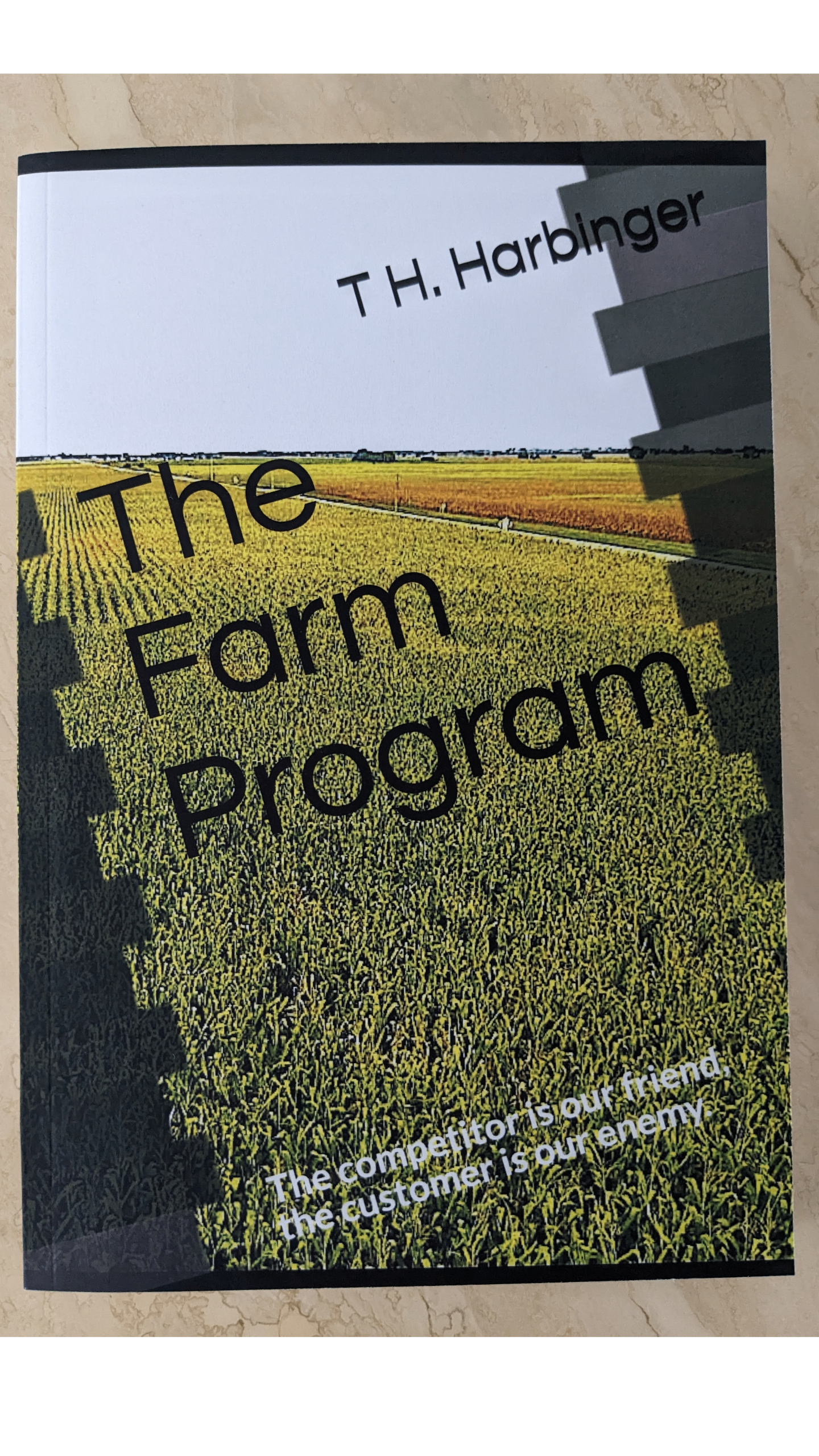U.S. Secretary of Agriculture Vilsack Addresses the Farming Crisis
On Wednesday, Sept. 6, Vilsack explained the current state of farming in the country and the U.S. Department of Agriculture’s efforts to assist small farmers. The Farm Program by T H. Harbinger provides the backstory to the looming farm crisis.

In a seminar talk at Cornell[1], U.S. Secretary of Agriculture Vilsack explained the current state of farming in the country and the U.S. Department of Agriculture’s efforts to assist small farmers, in addition to the importance of agriculture colleges, like the College of Agriculture and Life Sciences, to collaborate regionally on the resurgence of agriculture.
Through a whiteboard and flowcharts, Vilsack explained the main challenge farmers in the United States face today — the inability to sustain themselves. He noted that between 2017 and 2023, 39,700 farms had to close, and around 6.9 million farming acres were lost. He later added that the top 7 percent of farms earned 90 percent of all farming income last year, while the other 93 percent — which represents around 2 million farms — took 10 percent.
“The challenge to the land grant university is figuring out ways [to expand efforts] to make it easy for farmers to break [the research] down and to train folks who will be part of the regional food supply,” Vilsack said.
But, T H. Harbinger's book, The Farm Program, (https://www.insightsoninnovation.net/.)reveals how land grant universities are dominated by Big Ag corporations. Nothing will change if the place to start is only serving the wishes of big corporations. The small family farm has no chance. Unless an immediate change in farm policy is launched, US farming is headed to repeat the crisis of the 1980’s.
How can the US prepare farming for the future? To begin, an understanding of who created and benefits most from this policy nightmare is needed. “… the farmer, consumer, and taxpayer cannot hope to have a meaningful conversation about food and farming if it is disconnected from history.”[2]
The history of how Big Ag became so influential in USDA policy starts at a land grant university, the University of Illinois. T H. Harbinger’s book, The Farm Program, follows how the College of Agricultural, Consumer and Environmental Sciences researched U.S. grain standards and a commodities’ valuation for over thirty years. The United States Department of Agriculture (USDA) and U.S. grain trading companies such as Archer Daniels Midland (ADM) then conspired for decades to undermine and discredit this research. The head of ADM has a personal connection with nine presidents starting in the 1960s. He was also promoted by the US Government to help initiate the Food For Peace program in starving countries, only to set the program to drive local agriculture into bankruptcy, forcing the country into long-term dependence on supplies from US Grain Trading Companies.
In a 1974 editorial, Holmes Alexander wrote, ‘When business and bureaucracy are teammates, as is the case in the agriculture industry, the temptations for collusion are ever-present and seldom resisted.’[3]
It’s time to learn how agriculture works in the US. It’s time for change. Begin by visiting https://www.insightsoninnovation.net/.
[1] Gabriel Muñoz and Eric Reilly, The Cornell Daily Sun, https://cornellsun.com/2023/09/07/addressing-the-farmers-crisis-u-s-secretary-of-agriculture-vilsack-emphasizes-local-and-regional-involvement-to-revitalize-farming-industryfarming-article/
[2]Jonathan Coppess, The Fault Lines of Farm Policy: A Legislative and Political History of the Farm Bill (University of Nebraska Press, 2018), Introduction.
[3] Alexander, Holmer, ‘Who was the real villain in the Russian wheat deal?’, Rome News-Tribune, Sept 6, 1974.

